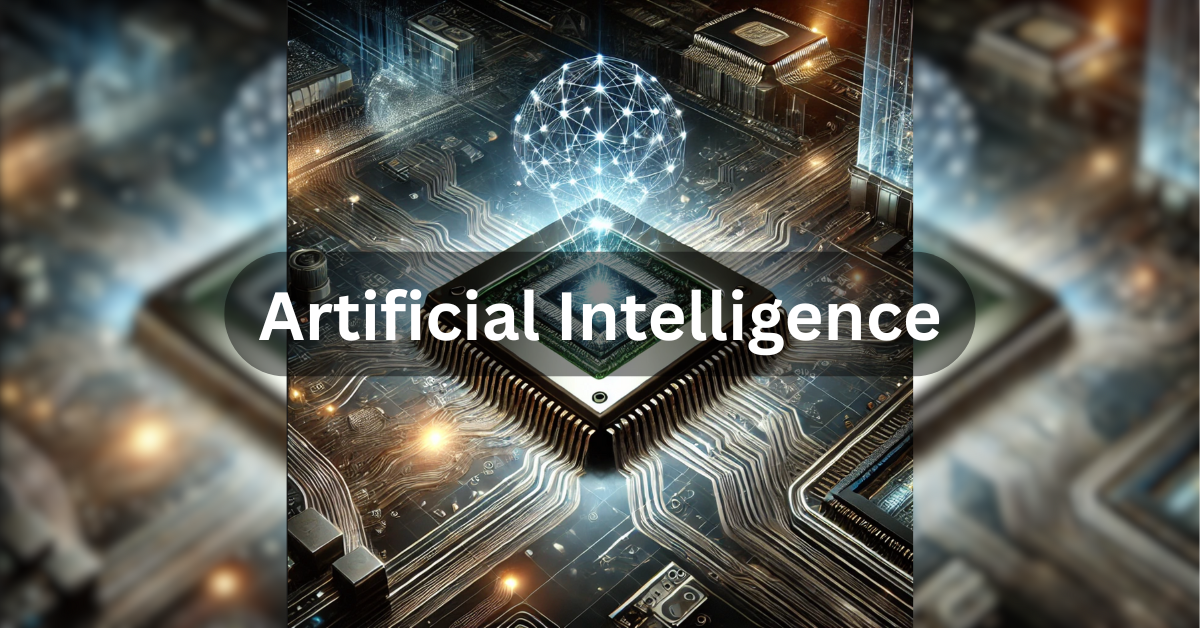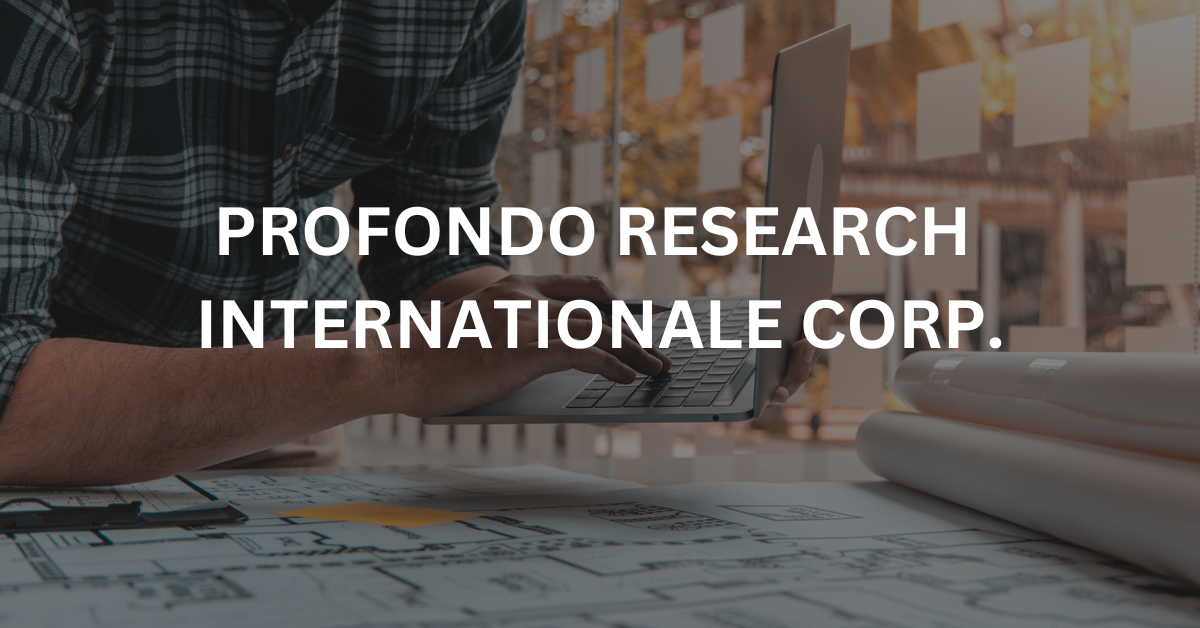MOST BARMM AI RESEARCH LABORATORY DESIGN OPTON
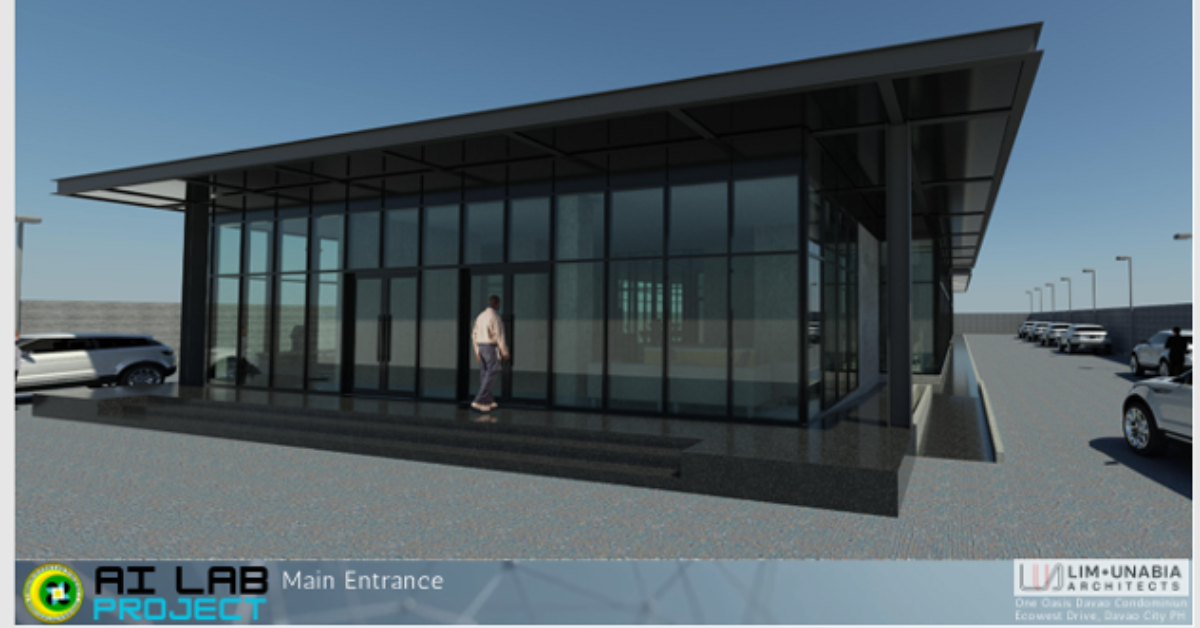
MOST-BARMM AI RESEARCH LABORATORY DESIGN OPTON
Abstract
The authors were funded by the Ministry of Science and Technology of Bangsamoro Autonomous Region of Muslim Mindanao of the Philippines through a research and development grant that covers the period May 27, 2024 to May 27, 2025. They used documentary review approach, interaction design basic and universal design concept of Human-Computer Interaction (HCI) [4], [5]. [6], [7] & [8] and combined actual laboratory experiences to project a concept for a modern AI laboratory that can address the needs of AI scientists or researchers from within MOST-BARMM and other academic institutions in the region.
The concepts: considering the human-clients, the building, and the type of interaction lead the authors to materialize the draft after many trials leading to the final design by the authors’ (“acknowledged”) outsourced Lim-Unabia Architects. Figure 1 projects a site development plan for the laboratory. The actual location for construction of the facility is still to be determined by the MOST-BARMM.
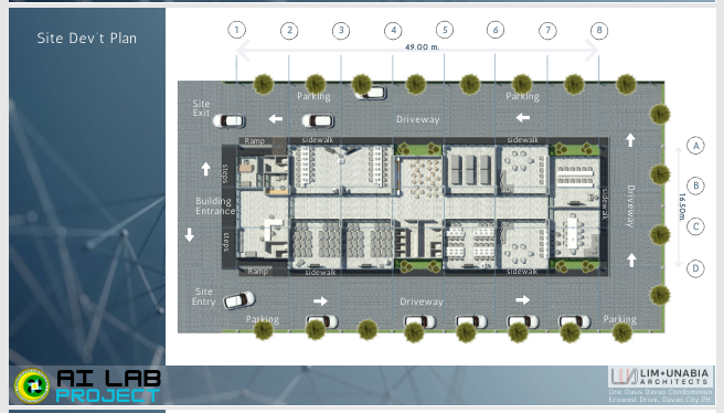
Figure 1. MOST AI Lab. Site Development Plan

Figure 2. MOST AI Lab. Site Development Plan
The AI laboratory facility features the director’s office room, toilet rooms, cashier’s room, lobby & lounge, the hallway, mechatronic lab, software lecture room, hardware lecture room, pantry & breakout area, storage room, algorithm/software lab, software R&D lab, Tech R&D lab, simulation room, and collaboration room.

Figure 3. Ground floor plan ½ for a 676.5 SQM AI Lab for MOST-BARMM

Figure 4. Ground floor plan 2/2 for a 676.5 SQM AI Lab for MOST-BARMM
The authors submitted this design to MOST-BARM for their reference in building AI LAB. Since, this design is a result of a one-year research and development, MOST can directly implement this option.
Introduction
Preparing a design for an AI Lab for the Ministry of Science and Technology-BARMM [8] of the Philippines is not only sketching a conventional structure [6] like residential, commercial, computer lab or a classroom building but it is also designing a structure that can house massive computing equipment, specialized rooms, training and lecture rooms, tools and machines, among other devices where neophyte and veteran AI scientists alike can perform AI researches [6], [1] & [5]. Understanding the world of artificial intelligence system development in all aspects [7] is a key to a reliable conceptual design leading to a logical design and actual design for the target AI LAB for MOST-BARMM.
After reviewing and watching sufficient number of relevant reading and video materials [5], [8] & [6], respectively, applying interaction design basic and universal design concept of Human-Computer Interaction (HCI) [4] and combined actual laboratory experiences the authors with their combined years of experiences in computer science, artificial intelligence, information technology, and engineering were able to project a design model for AI LAB for MOST-BARMM.
Methodology
The following figures are the interior perspective for a 676.5 SQM AI Laboratory of MOST-BARM. Figure 9 dipects the entrance lobby of the facility. It impressively promotes acessibility, visibility and a very freindly interactive environment.

Figure 5. Main Entrance for a 676.5 SQM AI Lab for MOST-BARMM

Figure 6. Main Entrance for a 676.5 SQM AI Lab for MOST-BARMM

Figure 7. Main Entrance-Right Side for a 676.5 SQM AI Lab for MOST-BARMM

Figure 8. Main Entrance-Left Side for a 676.5 SQM AI Lab for MOST-BARMM

Figure 9. Entrance Lobby for a for a 676.5 SQM AI Lab for MOST-BARMM
The director’s office depicted in Figure 10 promotes openness for the clientele of the laboratory. It is open and visible all the time. The director is always aware of the inner environment all because of 360-degree visibility - walls are made of glass materials.
The reception area depicted in figure 11 represents the laboratory facility’s readiness to engage with clients. It is ergonomically [4] designed to entertain client in inquiry, waiting for turn, among other transaction. The hotel-like environment will make every client feel special.
The 3-meter, more or less hallway found in figure 12 is spacious enough for occupants going to and pro inside the facility during the day. Moving in and out of machines from room to room will be easy with a wide space provided. Figure 13 and figure 14, software lecture and hardware lecture rooms, respectively are equipped with smart boards for easy lecturing and presentation for the lecturer. Tables are also designed for solo private occupancy.
Figures 15 and 16, Algorithm & Software Laboratory, Hardware/Mechatronic Laboratory Rooms, respectively, have been designed for their own purposes. Computer machines deployed in these laboratories are GPU’s, capable of processing big data, AI, ML, deep learning algorithms and other heavy graphical applications.
Figure 17, Software R&D Laboratory Room was also designed to accommodate distributed software development for engineering, finance and heavy graphics applications. Computer machines deployed in these laboratories are also GPU’s with a minimum RAM of 256 GB. Figure 5.18. Tech R&D Laboratory accommodates all projects involving machines and devices like robots, drones, telecommunication equipment.
Figure 19, Simulation Laboratory Room is designed to handle simulation on software and hardware projects. For example, simulation on 128-bit IPV6 implementation in real time computing in comparison with 16-bit IPV4. Or, comparing the performance between chip-based AI and software – based AI in terms of throughput and latency. This room is a perfect choice as computing machines are equipped with CPU-GPU’s and high memory modules projecting real-world computing.
Figure 20, Collaboration Laboratory Room is perfect for crossed discipline projects [3]. For example: AI project is developing the intelligence of a human baby from birth to 7 years old. In order to carry out this development, the following expertise are needed: computer scientist, psychologist, electronics engineer, computer engineer, electrical engineer, mechanical engineer, mechatronics engineer, among others. Equipped with GPU computer, collaboration tables and chairs and software and hardware tools and equipment. The expertise of a psychologist is necessary for any AI development. This expert collaborates with the computer scientist and electronics engineer in building the human brain in a form of chips circuitry logic. The electrical engineer designs the power system that the whole humanoid robot operates independent of external source. So, different fields of disciplines come together to the collaboration laboratory for a collaborative agenda.

Figure 10. The Director’s Office for a 676.5 SQM AI Lab for MOST-BARMM

Figure 11. Reception and Lounge for a 676.5 SQM AI Lab for MOST-BARMM

Figure 12. Hallway area for a 676.5 SQM AI Lab for MOST-BARMM
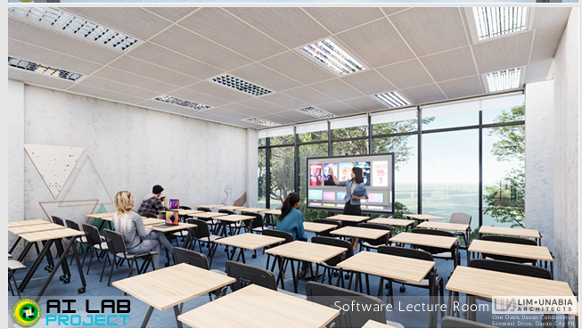
Figure 13. Software Lecture Room for a 676.5 SQM AI Lab for MOST-BARMM
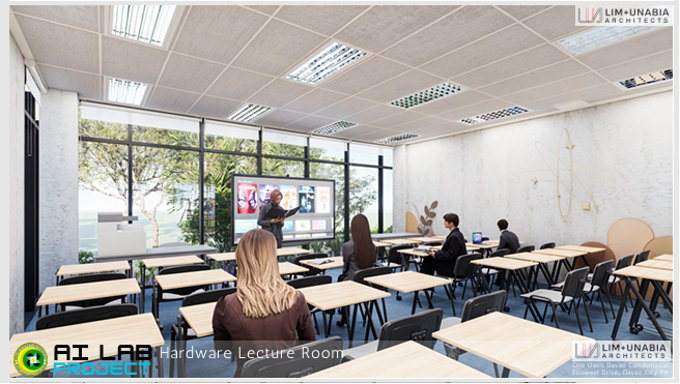
Figure 14. Hardware Lecture Room for a 676.5 SQM AI Lab for MOST-BARMM
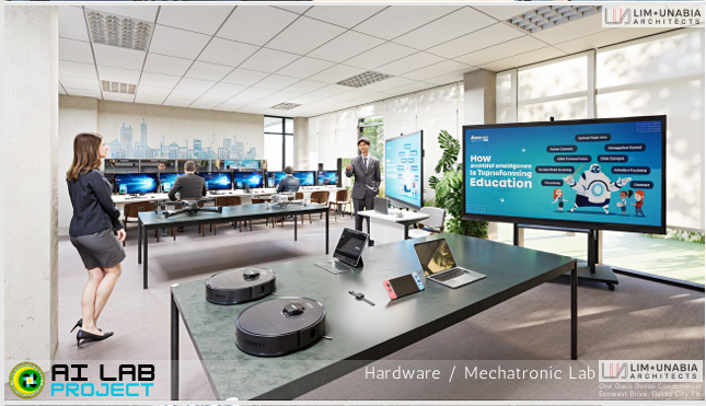
Figure 15. Hardware/Mechatronic Laboratory Room for a 676.5 SQM AI Lab for MOST-BARMM
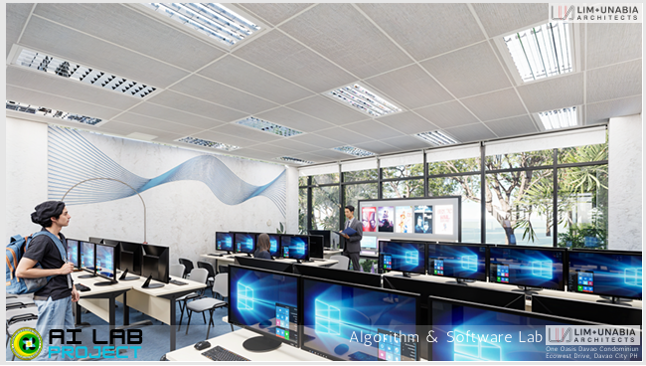
Figure 16. Algorithm & Software Laboratory Room for a 676.5 SQM AI Lab for MOST-BARMM
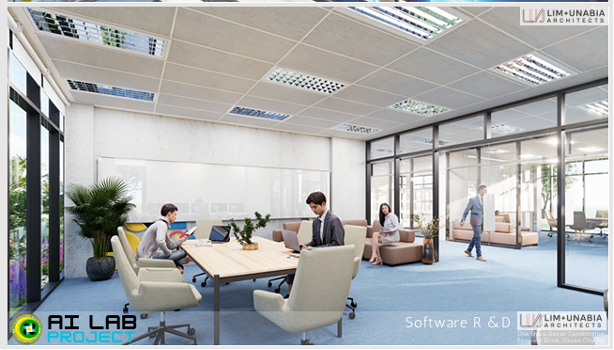
Figure 17. Software R&D Laboratory Room for a 676.5 SQM AI Lab for MOST-BARMM
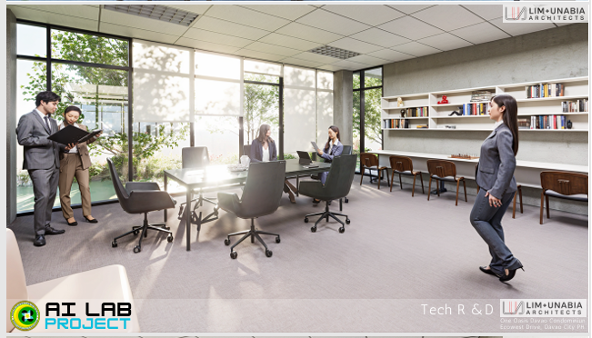
Figure 18. Tech R&D Laboratory Room for a 676.5 SQM AI Lab for MOST-BARMM
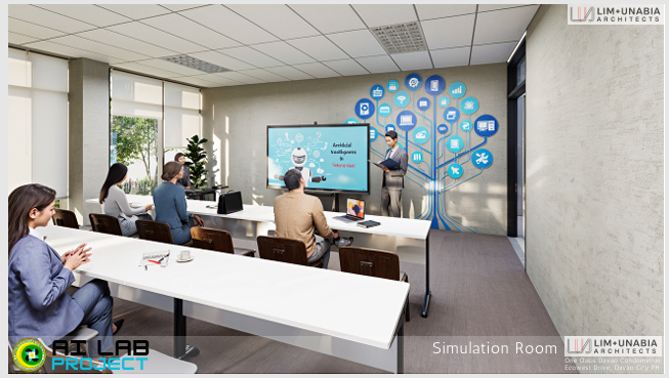
Figure 19. Simulation Laboratory Room for a 676.5 SQM AI Lab for MOST-BARMM
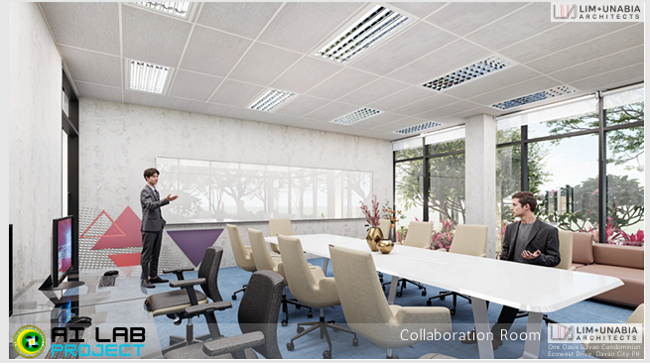
Figure 20. Collaboration Laboratory Room for a 676.5 SQM AI Lab for MOST-BARMM
The exterior design perspective of the laboratory (Fig. 5, Fig. 6, Fig. 7, Fig. 8) [4], [5] & [8] project a very futuristic structure that is easy to interact with when a client wishes to visit the facility for any transaction like inquiry, training, or enrolling. There are enough parking spaces outside the building. The perimeter of the structure is well-lighted during the night. Furthermore, during the night, if one views the facility from a distant, it magnificently illuminates rendering it attractive and inviting rather than a repulsive one. Thanks to the glassy structure all throughout the facility. This aspect has just passed one of the requirements for human-computer interaction, ergonomics, where one finds it easy to interact with the building [4] as if the lab structure is inviting entry into the facility all the time.
With the touch of glass all throughout the interior of the laboratory structure, the occupants of the building: clients and workers feel the ergonomics [4], [5] & [8] of the surroundings anywhere. The three meters width hallway has added to the ergonomics of the inside of the lab. Movements of the occupants of the inside of the building is a lot easy. Also, the visibility of sign board markers pointing cashier, director’s office, registrar, Mechatronic lab, collaboration room, simulation lab, tech lecture/lab, software lab, toilet, among others have rendered easy access to those interior facilities without supervision.
After careful evaluation by the authors of the design draft, it is found out that it has conformed with the doctrine of human-computer interaction principles [4] & [8] particularly, ergonomics, interaction design basic and universal design concept, subsequently, meeting the requirement for MOST-BARMM AI Laboratory.
Conclusion
The authors based on findings, therefore concluded that the design as prepared and presented has apparently met the requirements for a forthcoming Artificial Intelligence (AI) Research Laboratory for the Ministry of Science and Technology – BARMM in Cotabato City, Philippines.
Recommendation
The authors have recommended to equip the AI Lab with powerful computer machines like CPU/GPU capable of processing big data, machine learning applications, heavy graphics, robotics, and deep learning algorithms simulations.
References
[1] Adrian David Cheok . How to Establish A New AI Laboratory. TechRxiv. March 17, 2022, DOI: 10.36227/techrxiv.19228413.v1
[2] AI & Society Lab | HIIG, (accessed June 12, 2025), https://www.hiig.de/en/research/ai-and-society-lab/
[3] Building AI Innovation Labs together with Companies (Submitted on 16 Mar 2022) https://doi.org/10.48550/arXiv.2203.08465
[4] Dix, Finlay, Abowd, Beale (2004). Human-Computer Interaction 3rd Ed., Pearson Education Limited
[5] How We Built Our AI Lab: A Practical Walkthrough (accessed June 12, 2025), https://www.infracloud.io/webinars/how-we-built-our-ai-lab-practical-walkthrough/
[6] How to Build a Robotics and AI Lab in Schools – A Step-by-Step Guide to Setting Up a Robotics & AI Lab (accessed June 12, 2025), https://www.stemrobo.com/how-to-build-a-robotics-and-ai-lab-in-schools-a-step-by-step-guide-to-setting-up-a-robotics-ai-lab/
[7] Mayank Banoula(May 13, 2025). AI Engineer Career Guide: What They Do & How to Become One https://www.simplilearn.com/tutorials/artificial-intelligence-tutorial/how-to-become-an-ai-engineer#what_does_an_ai_engineer_do
[8] Soham Nandi (May 24, 2025) Building the AI Lab: A Guide for Research Institutions, https://www.azorobotics.com/Article.aspx?ArticleID=756
[9] Stanford AI Lab (accessed: 2025), https://ai.stanford.edu/stanford-ai-courses
MOST-BARMM AI RESEARCH LABORATORY DESIGN OPTON - Authors: Dr. Melquiades R. Hayag, Jr., Dr. Fredie C. Diez, Dr. Juanito Dionio, Dr. Ephraim R. Perral, Wilfredo L. Openiano, Mansur L. Panalangin - Funded by: Ministry of Science and Technology -BARMM
Why Choose Profondo Research Internationale Corp?
- Expertise Across Disciplines
- Customized Approach
- Quality and Precision
- Global Research Network
- Confidentiality and Integrity Timely Delivery
- Timely Delivery
Our team of researchers includes experts in a wide range of academic disciplines, ensuring that we can provide specialized support for your specific research needs.
We understand that each project is unique. That's why we offer personalized research services tailored to your requirements, goals, and deadlines.
At Profondo Research Internationale, we pride ourselves on delivering research that is not only thorough but also precise and aligned with the highest academic standards.
With access to a global network of professionals and resources, we can support research in a variety of fields and regions, making sure you have everything you need to succeed.
We uphold the highest standards of academic integrity and confidentiality. You can trust us to handle your research project with the utmost professionalism and discretion.
We understand that deadlines are crucial. Our team is committed to delivering high-quality research within the specified timeframes, ensuring that you meet your academic or professional goals.
Interesting articles
-
The Importance of Robust Network Security
Exploring the transformative potential of AI to drive innovation, enhance efficiency, and shape a smarter future.
-
The Philippines: A Rising Star in Technology
Exploring the transformative potential of AI to drive innovation, enhance efficiency, and shape a smarter future.
-
Chip-based Artificial Intelligence Computing!
Exploring the transformative potential of AI to drive innovation, enhance efficiency, and shape a smarter future.
-
The Power of Data Analytics
Exploring the transformative potential of AI to drive innovation, enhance efficiency, and shape a smarter future.
-
MOST-BARMM AI RESEARCH LABORATORY DESIGN OPTON
Exploring the transformative potential of AI to drive innovation, enhance efficiency, and shape a smarter future.
-
Profondo Research Internationale Overview
Exploring the transformative potential of AI to drive innovation, enhance efficiency, and shape a smarter future.


